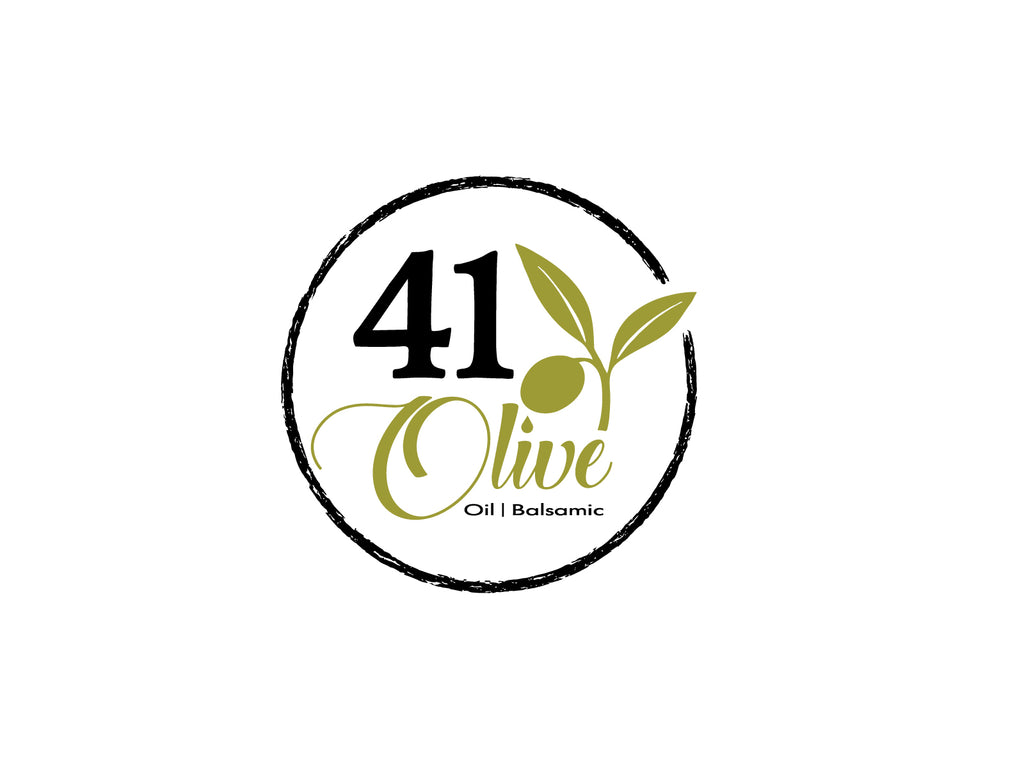Learn About he Nutritional Information Behind Olive Oil
Polyphenols & Olive Oil
Olive Oil's distinctive taste and long shelf-life are due to polyphenols. Some Extra Virgin Olive Oils have a longer shelf life (up to 500% higher) than others. The intake of polyphenols has been shown to reduce the incidence of both cancer and coronary heart disease (CHD).
Here are some important things to keep in mind when searching for olive oil high in polyphenols.
The Harvest Period
The range
Method of extraction
The management of the grove
. . The phenol count will be affected by this.
Did you know that Olive Oil is destroyed by processing and refining? While refined Olive Oils such as "pure olive oil","lite/light Olive oil," or"pomace oil" may not contain any Polyphenols, they still have the same number of calories as Olive Oils.
Additionally, the amount of Polyphenols in Olive Oil can be affected by heat, light, oxygen and time.
The phenol count of stronger oils is higher than that of the milder oils. A phenol count below 120 (as measured by mg/kg) can be considered low. Oils with a higher phenol count than 120 to 220 are considered moderate.
Polyphenols are found in Olive Oils with a higher count than 220. Extra Virgin Olive Oils with higher levels of Polyphenols can contain up to 350.
Oleic Acid (Omega 9) & Olive Oil
Oleic acid, a monounsaturated Omega-9 fatty acid, is also known as Oleic acid. Monounsaturated fat can be found in the changing concentrations of virgin Olive Oil and is well-known to reduce the risk of heart disease, arteriosclerosis and cancer.
Virgin olive oils containing higher levels Oleic Acid have a tendency be more stable and last longer. High Oleic Acid acts naturally as a preservative. Also, Oleic Acid can be measured in Olive Oil as a percentage. These levels typically range between 45% and 80%+.
Olive Oil & Free Fatty Acids
FFA is a measure of the state of the fruit at the time oil was extracted. It is akin to a freshness quotient. The FFA level is influenced by the degree of fruit's maturity.
Overripe fruits generally yield more oil than olive by fat but less free fatty acids. The fruit will begin to decompose faster if the skin has been removed and the fruit is picked. Olive Oil that has been exposed to heat, light, and air will begin to decompose faster, making it unfit for human consumption.
Peroxides & Olive Oil
Peroxides can be found in all edible oils. Over time, peroxide values increase. These values are indicators of the degree of oxidation occurring at the time of processing and can change according to storage conditions.
Poor storage conditions can lead to rapid oxidation and rancidity. Peroxide levels that are high can be a sign of poor processing, substandard fruit conditions or improper storage conditions. Extra Virgin Olive Oils must have a peroxide value less than 20 according to the IOOC rules.
